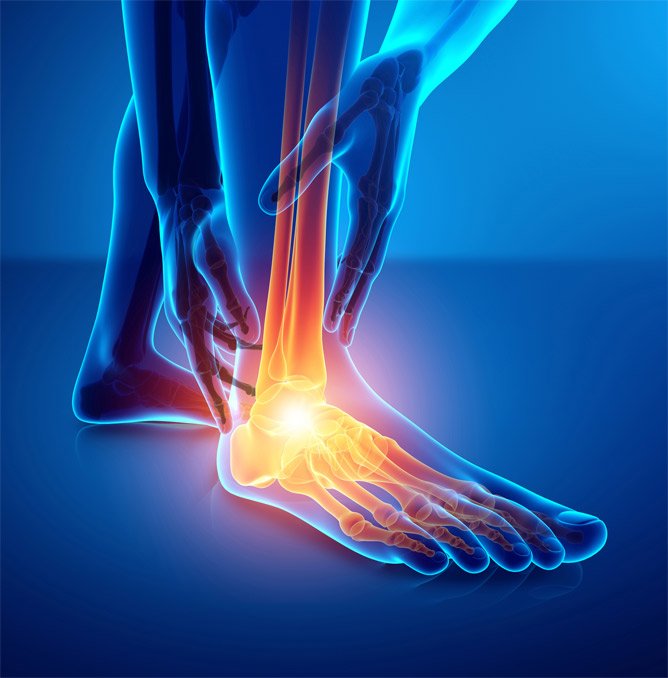Causes of Foot Pain? By Pierre Mouchette | Bits-n-Pieces Foot pain is hard to ignore, especially since your feet support your body and absorb shock when you walk. It can affect one or multiple foot parts, including your heels, toes, arch, or soles. People live with this problem every day. Research estimates that 75% of Americans will experience foot pain at some point. Foot pain can disrupt your quality of life and lead to ongoing disability. So it is essential to look at common causes and treatments for foot pain.
What are the most common causes of foot pain? There are many reasons your feet may hurt. Some common causes of foot pain include:
What types of injuries or deformities can cause foot pain? Specific injuries, foot or toe deformities, and repeated stress can cause foot pain. Examples include:
What health conditions can cause chronic foot pain? Chronic foot pain may also be triggered by a health condition, such as:
How do you treat foot pain? The treatment for foot pain depends on the cause. For example, if you have an underlying condition like rheumatoid arthritis, your healthcare provider may start with treatment for the condition. Your healthcare provider may also prescribe or recommend the following treatments:
What are the best ways to relieve foot pain at home? Depending on the cause, you may be able to relieve your foot pain at home with these options: Try the RICE method:
Should you exercise if you have foot pain? You may be able to exercise with foot pain. In fact, for conditions like plantar fasciitis, foot exercises or stretches may be part of your treatment plan. These moves can help strengthen the muscles in your feet and relieve pain. But you may be unable to do your usual workout routine if you have foot pain from certain injuries or conditions. For example, if your foot fracture requires surgery, rest may be necessary for your recovery. Or you might have to modify your usual activities to avoid movements that worsen your pain. It is best to start slowly once it is safe to resume working out. The following are a few tips to keep in mind to help you get back on your feet safely:
When should you speak to a doctor about foot pain? Be sure to get prompt medical care for foot pain that:
0 Comments
Your comment will be posted after it is approved.
Leave a Reply. |
Archives
May 2024
|
